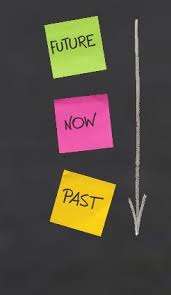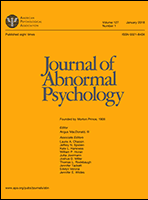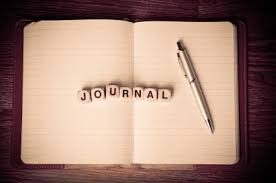Peer Review Journal And Critic Reflective Additionally you have a weekly activity. Each one of you is to analyze a peer-reviewed research article that you must present in class as a discussion.

This article is about any nursing-practice-related topic that interests you. Example of topics are: Risk for patients who need blood but don’t want it; , This assignment is supporting SLO #6 (Integrating Evidence-Based Knowledge). Print a copy of the article and bring to class.
Upon completion of the course the student will be able to:
- Evaluate the impact of caring behaviors on patient outcomes.
- Appraise the effects of communication techniques on proposed outcomes.
- Assess the effectiveness of culturally congruent care on patient outcomes.
- Integrate critical thinking with independent judgment to promote optimal wellness to families and communities.
- Evaluate, as a leader, the concepts of power, empowerment, autonomy, and advocacy in managing the nursing practice.
- Compare and contrast leadership styles and health care systems in reference to sociocultural, political, economic, legal and ethical influences.
- Utilize research findings for decision- making and rationale for nursing practice.
- Assume accountability for meeting the changing health care needs of the global community, through the continuation of personal, professional and educational development.
We can write this or a similar paper for you! Simply fill the order form!












